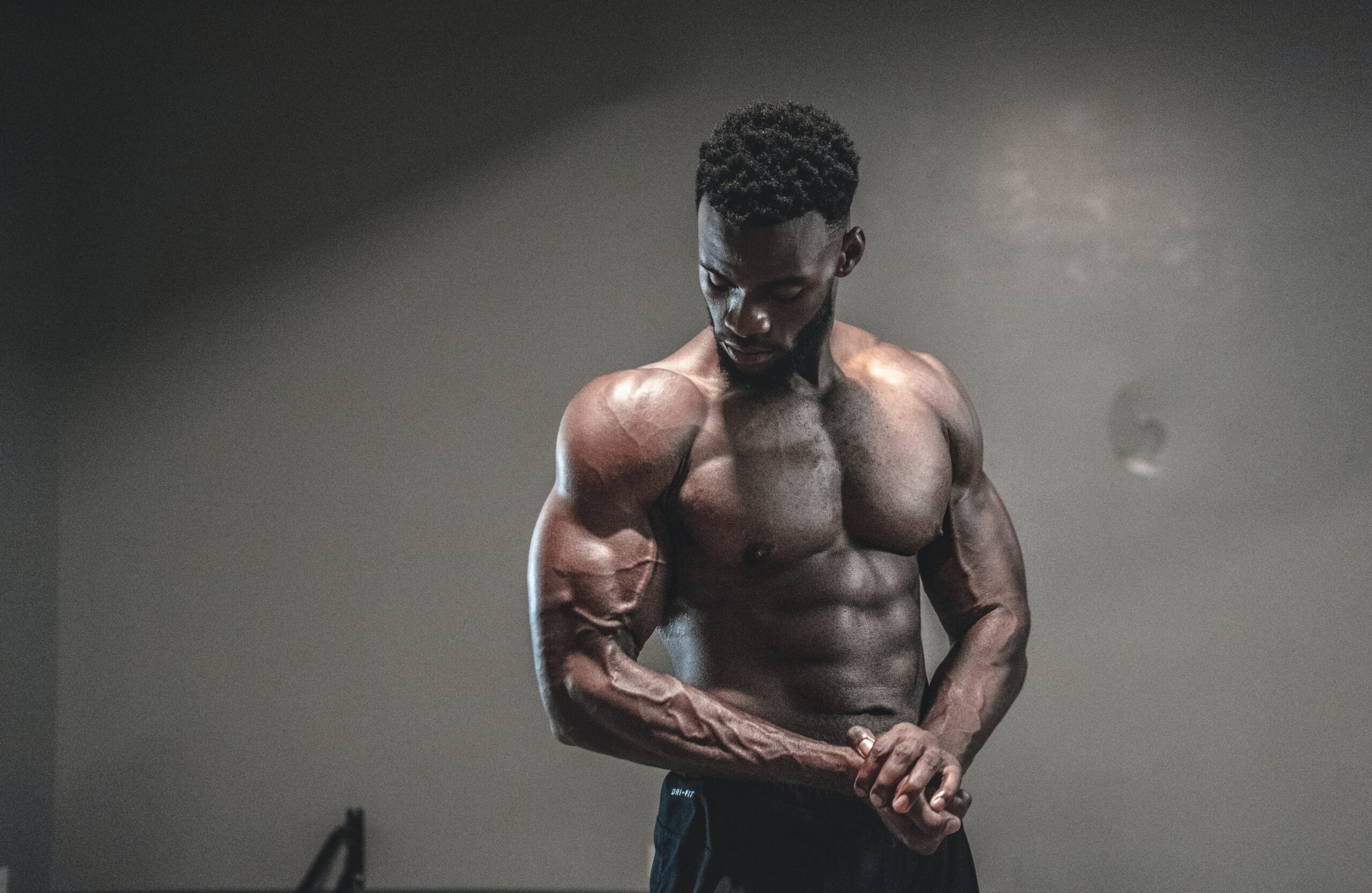
Everyone who studies in the gym wants to feel a slight muscle pain after training. It is believed that these pain is an indicator that the training was successful. But many people wondered what caused this pain to do. What happens in your body after training?
The origin of post-training pain is beyond doubt. These are microtraumas of muscle fibers. The prefix “micro” is not accidental here, because in this case it is not the muscle itself, and not even the muscle fiber, but the smallest muscle organelles – myofibrils – contractile elements of the muscle.
- When myofibrils break in the sarcoplasm, free radicals accumulate, i.e. charges that actively bind water to them. As a result, overabundance of water causes muscle cell sprains, which directly cause post-training pain and visual muscle gain. In general, we can say that pain has the same nature as the usual inflammatory process. Once again, it is worth noting that it has only been proven that the pain occurs as a result of microtraumas of myofibrils. Everything else is just a theory that best answers all the questions of scientists.
What research says about it?
Now about what has been proven and what is reliably known. In microjures, a large amount of the enzyme creaticinase is released. This enzyme affects the formation of creatine phosphate, one of the most effective sources of energy for muscles. In case of muscle damage, creatine kinase leaves the cell into the blood serum. And when analyzing blood, you can easily determine how much a particular muscle was damaged.

Based on these data, a study was carried out to find out what the relationship between muscle pain and the subsequent increase in its volume and strength is. Groups of people of varying degrees of preparedness were recruited for the study. The trainings were designed in such a way that each group would perform the same amount of work. The training course lasted 8 weeks, 3 workouts per week, 20 minutes each. The exercise of foot press was chosen as physical activity, which was performed in the eccentric phase. That is, the weight was raised up with outside help, and dropped only with the efforts of the subject. This load contributes most to the formation of microtraumas.
As a result of the study, it was found that both groups showed muscle growth of 7% and 25% in strength growth. Blood tests revealed an increase in the concentration of creatine kinase in the blood from 100% to 500% in the post-training period. From this, scientists concluded: “Same loads led to the same results, regardless of the degree of muscle microdamage”
In conclusion, I can say that you should not rejoice in pain in the muscle group being worked out. But do not be upset by the lack of sensations in the muscles the next day. It is necessary to rejoice only in the results, and be upset only by their absence.
Check last post :







1 Comment